Mars by 2026? The 4 key takeaways from Elon Musks Starship update


SpaceX's billionaire founder Elon Musk says that despite Starship setbacks, the space company hasn't taken its eyes off the ball — and that ball is big, red, and roughly 140 million miles away.
In a 42-minute video posted to X on Thursday evening, Musk laid out a plan to launch the mammoth spacecraft to Mars for the first time as early as next year.
His ultimate vision has been to use a fleet of Starships to send 1 million humans to Mars by 2050. To be clear, he doesn't just want to visit the planet; he wants to establish a permanent, independent city there.
The new timeline is hard to fathom, especially for those who watched another Starship prototype explode this week. Though the ship reached space during the test, it failed to achieve many of its goals. Musk has earned a reputation for wildly underestimating schedules — he once aimed to send an uncrewed ship to Mars by 2018 — but that didn't stop him from presenting yet another ambitious timeline.
"If we have two planets, we keep going," he said. "We can be out there among the stars, making science fiction no longer fiction."
Here are the key takeaways from Musk’s latest Mars update:

1. A Mars landing in 2027
Musk is now targeting late 2026 for the first uncrewed Starship flight to Mars, taking advantage of an orbital alignment that would shorten the journey between planets. The ship would arrive seven to nine months later in 2027. Musk considers the odds of launching in that upcoming window to be about 50-50. If SpaceX misses it, the next opportunity wouldn't come for another two years.
In order to head to Mars that soon, SpaceX first has to master how to refuel a Starship in low-Earth orbit, after it has already blasted off the planet — something that, by the way, has never been done before.
2. First just robots, then humans
Though the first flight won't carry people, SpaceX still intends to put some butts in seats. The "crew" will consist of humanoid Optimus robots, built by Musk's electric car company, Tesla. During his talk, Musk presented some renderings of the sci-fi robots, including one meant as an homage to the famous Lunch atop a Skyscraper photo, with Optimuses (Optimi?) sitting together on a steel beam.
"That would be an epic picture to see Optimus walking around on the surface of Mars," he said.

3. The potential landing spot: Arcadia
SpaceX is looking at several potential areas on Mars where Starship could land, but the lead candidate so far is a region known as Arcadia, which also happens to be the name of one of Musk's children.
It's one of the few regions where lots of shallow ice exists relatively near the Martian equator, according to NASA. SpaceX will be prioritizing a location that isn't close to the poles, has ice as a source for water, and isn't too mountainous for the rockets, Musk said.
This Tweet is currently unavailable. It might be loading or has been removed.
4. A fleet of ships in the thousands
With each Mars alignment launch window, SpaceX wants to increase its cadence of flights. To do that, they'll need a lot more rockets and ships. Right now the SpaceX plant in Starbase, Texas — which residents just voted to make a city — can make a new Starship every two to three weeks, Musk said. The company will build two so-called "Giga Bay" facilities — one in Texas and another in Florida — to ramp that up to several per day.
He envisions 1,000 to 2,000 ships heading to the Red Planet every couple of years, with the ability to catch and reuse boosters within hours. The goal is to send enough people, infrastructure, and supplies so that if for some reason cargo shipments from Earth stop coming, the Martian city won't die.
"My guess is that's about a million tons, but it might be 10 million tons. I hope it's not 100 million tons," he said. "That'd be a lot."
What's Your Reaction?
 Like
0
Like
0
 Dislike
0
Dislike
0
 Love
0
Love
0
 Funny
0
Funny
0
 Angry
0
Angry
0
 Sad
0
Sad
0
 Wow
0
Wow
0






























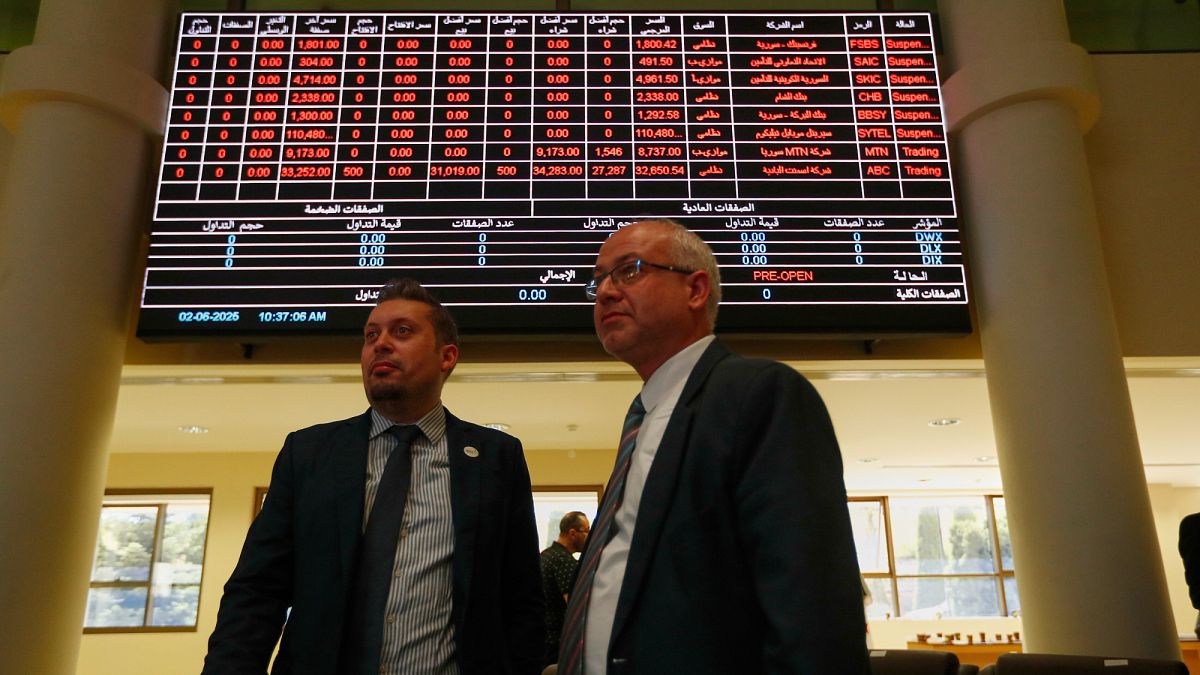









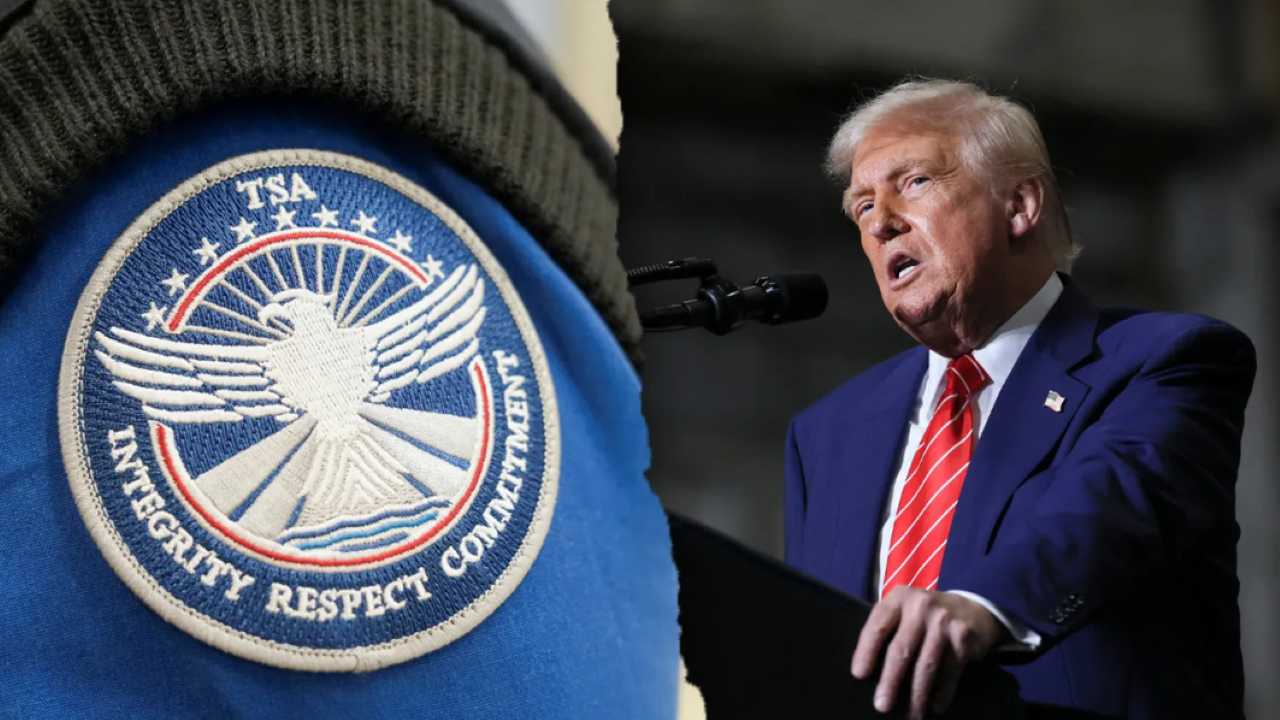
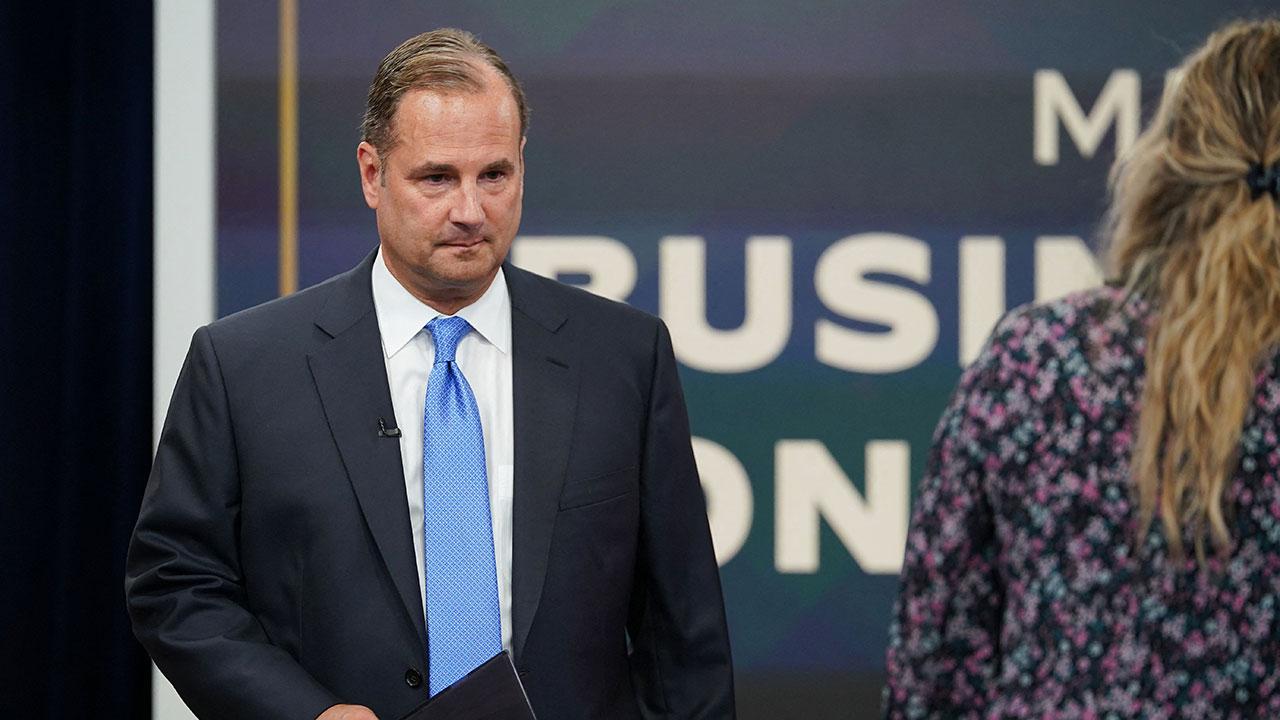
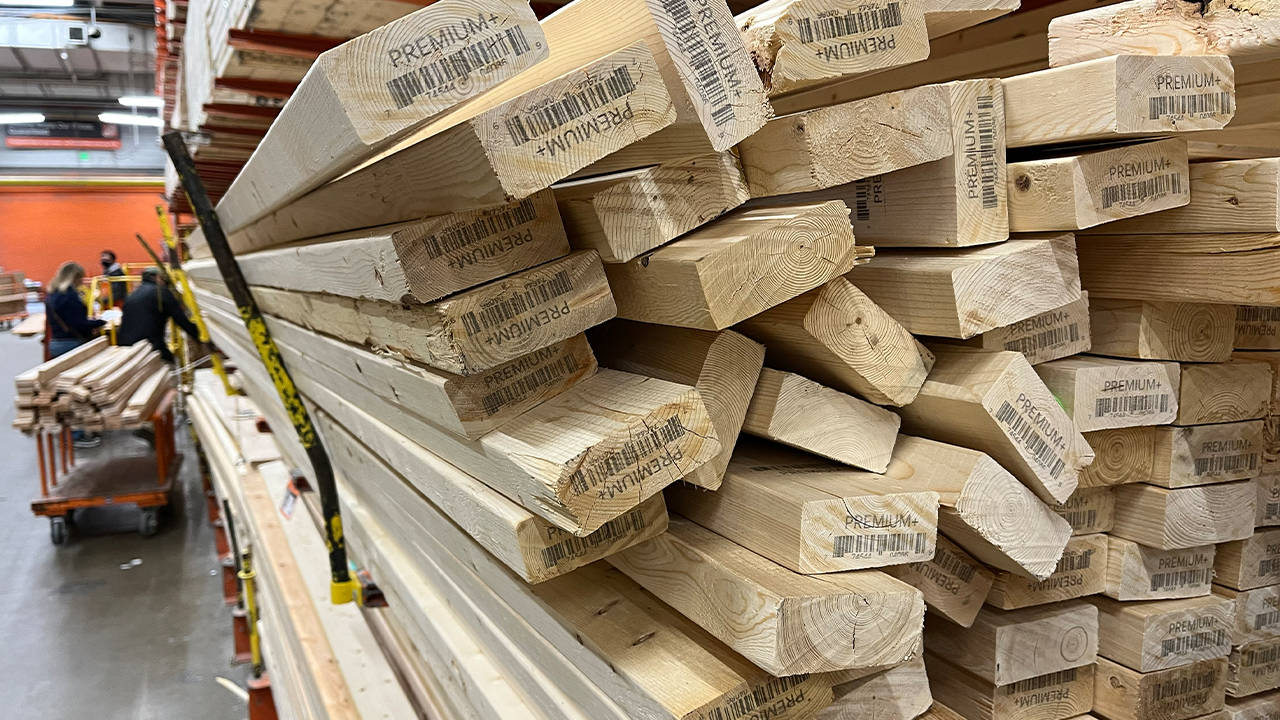
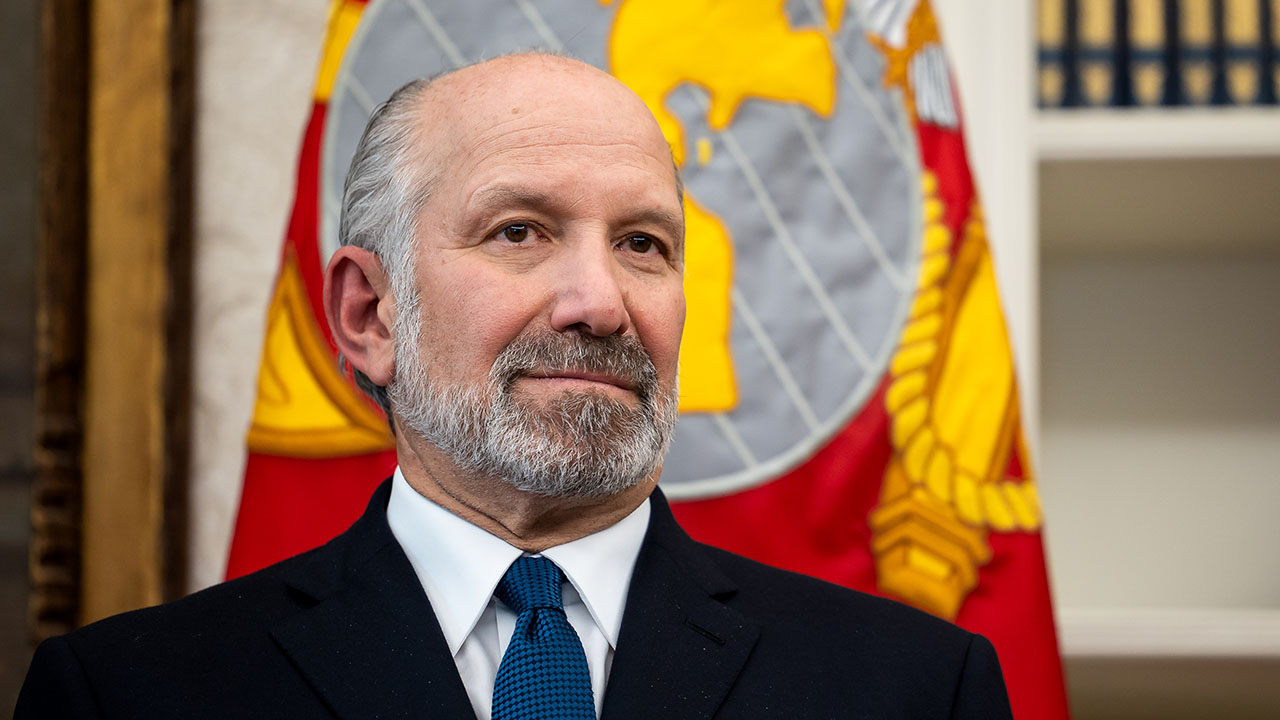









.png?Expires=1838763821&Key-Pair-Id=K2ZIVPTIP2VGHC&Signature=IO0~CT3pU-TcxGc~yoZSmoQx23MZVuK-~4jSii~NKEblRmyO3el7NXPu~Rh1o23voASg7hlcHLw4kvQuDK1jssEhcjoNBBvEpZ~GGOAU6yosBhpHpeF179F~h7i6VxmsBNh9gtTutkoqY73O2YCFey~IAqSzKbBqETP1kP9cAg1916Z1YkJJs-5MliMrkZ5d7-mWGLbpHp2wGj2VlMph8XzYlL4~y1O7fB~JdIS~Rs4RMRs2x0WT1qUIpHAsf3GdwtOyAmKFSpIg8xCyNGZZ5h~13nXlmpd7uPvW8tBfttpG9pFTqcway-uch5WyfHOEfi7UlJCOWrr6fCYY5PMgSg__)







